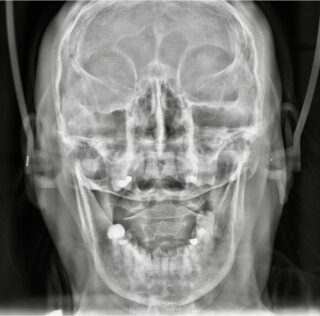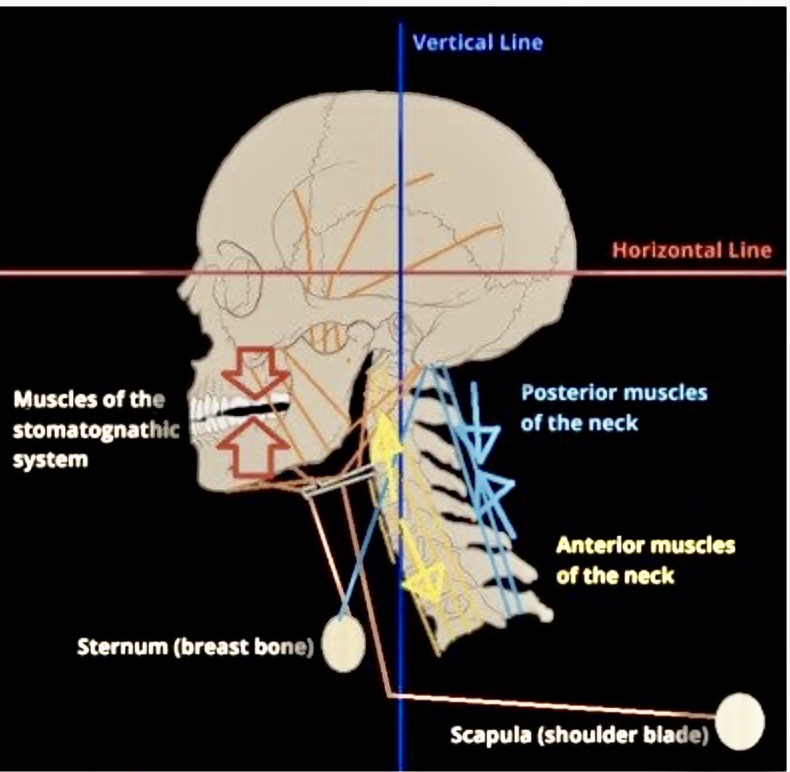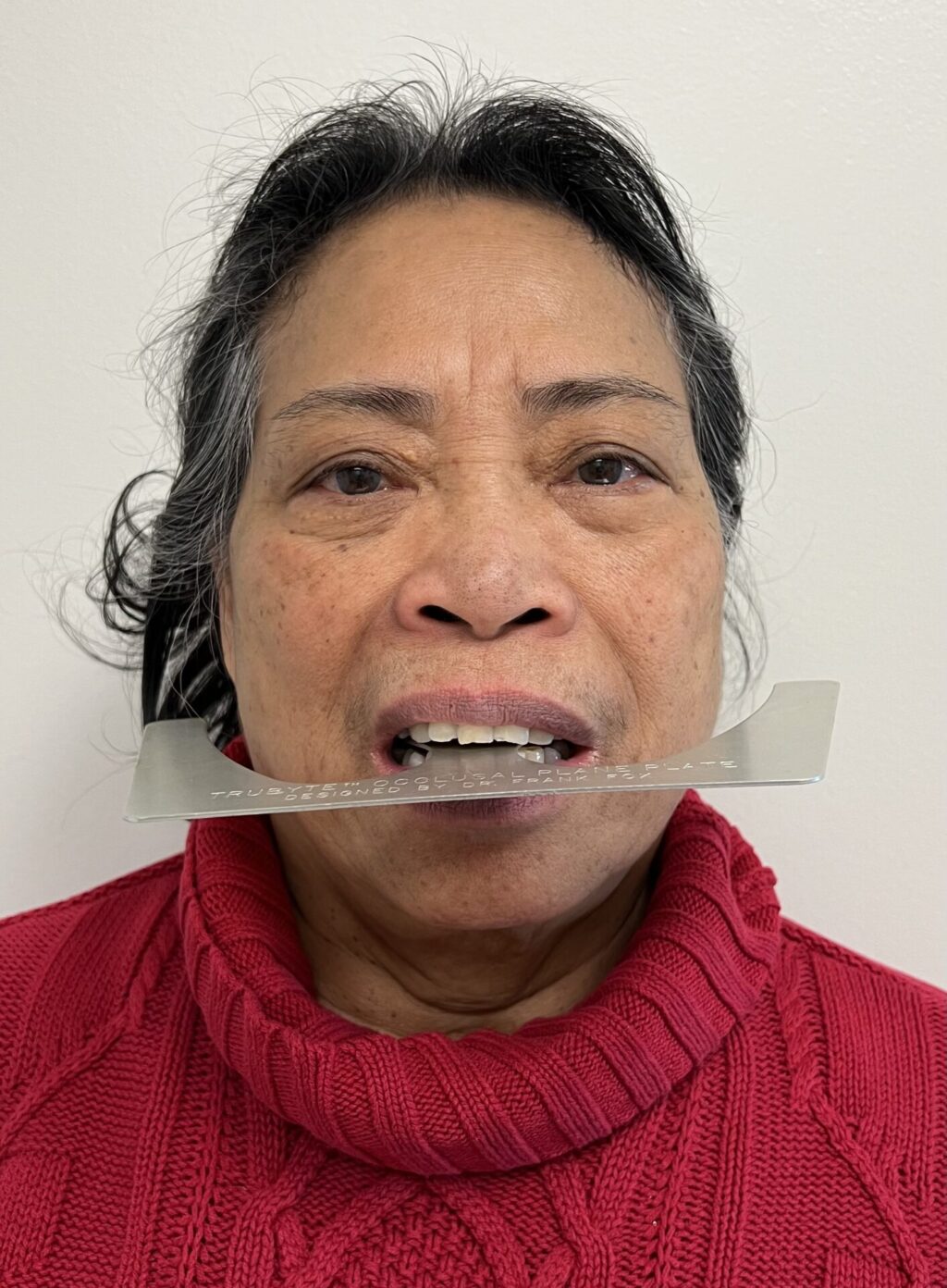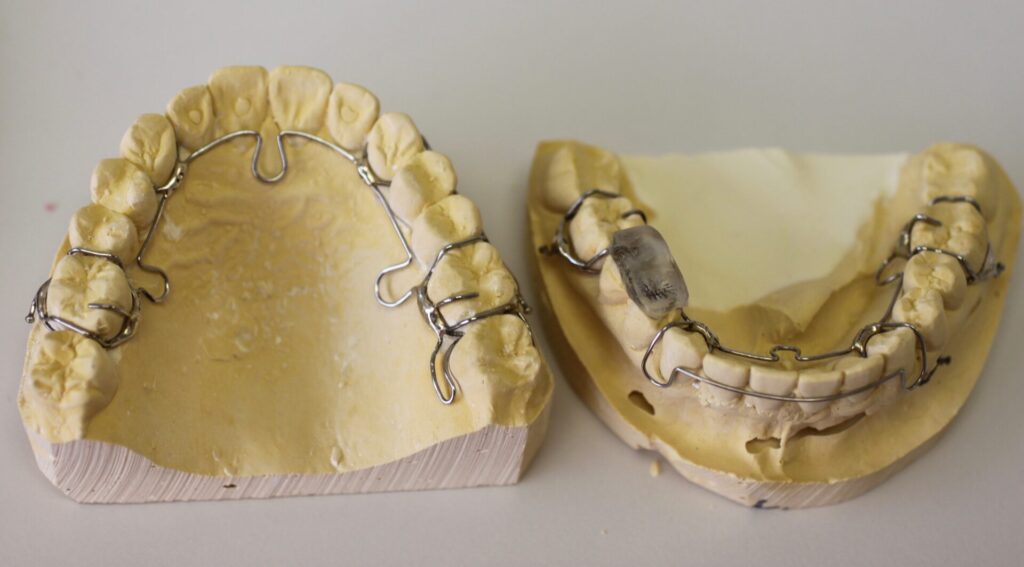
More Dental Health Articles
The Silent Suffering: Recognizing and Treating the Root Cause of TMJ Pain

Did you know that the root cause of temporomandibular joint (TMJ) pain is not really the TMJ? The root cause is jaw misalignment.
There are several complaints which a patient may report, which is suggestive of a temporomandibular joint disorder.
- Joint and /or myofascial discomfort
- Headaches
- Tinnitus (ringing of the ears)
- Neck pain
- Facial asymmetry. May have a history of birth trauma, such as forceps delivery or later trauma such as sports injury and car accidents.
- Ground down teeth. May have a history of clenching and/or bruxing with possible sensitivity of the teeth.
- Palatal and/or lingual tori may be present indicating bony stress from clenching and/or bruxing.
These symptoms are more likely to be present on waking. The reason for this is the predominance during sleep of a need to correct cranial function by clenching and bruxing. This overrides the protective reflexes normally present during the day. Pressures of 200-250 pounds per square inch have been recorded.
When the stomatognathic system (see figure A) is considered as an integrated whole, the significance of the temporomandibular joints can be put into perspective. This represents a departure from the conventional approach to diagnosis and treatment of the temporomandibular joints.

FIGURE A
The stomatognathic system is a functional complex of tissues and organs located within the jaws, face, and head. These structures anatomical factors and the biomechanics of the temporomandibular joints affect many systems throughout the body, including the eyes.
The confusion associated with temporomandibular joint disorders is partly due to semantics. There is a group of signs and symptoms indicative of joint malfunction, such as, crepitus (crunching sound), clicking, pain on palpation or movement, restricted movement, etc. However, the term temporomandibular joint disorder is also used loosely to describe a whole range of signs and symptoms, which more likely originate elsewhere in the stomatognathic chain.
This female patient has been suffering from TMJ pain for years and have fractured and lost several teeth due to grinding her teeth. She was prescribed a bite guard which did not help alleviate her jaw and neck pain. As you can see on the photograph (Figure B), the fox plane and her eye plane are elevated to the left. She has a condition called a LEFT TORSION,which means that her upper jaw and lower jaws are elevated to the left, along with the left eye socket, since the floor of the eye sockets housing the eyes are part of the upper jaw.

FIGURE B
Figure C is the appliances that will correct the LEFT TORSION.

FIGURE C
Recognizing and treating the root cause of TMJ pain, such as jaw misalignment, can help alleviate symptoms and prevent further damage.
Other Articles You May Find of Interest...
- Effective Remedies to Soothe Pain from Sore Wisdom Teeth
- 7 Common Dental Implant Myths Patients Still Believe | Implant dentist houston
- Gentle Oral Care for Sensitive Mouths and Families on the Grow!
- A Fresh Start for Your Smile in the New Year
- How Professional Dental Cleanings Protect Your Smile
- Tongue-Tie, Swallowing Patterns, and Upper Jaw Development
- Growing Smiles and Healthy Breathing














